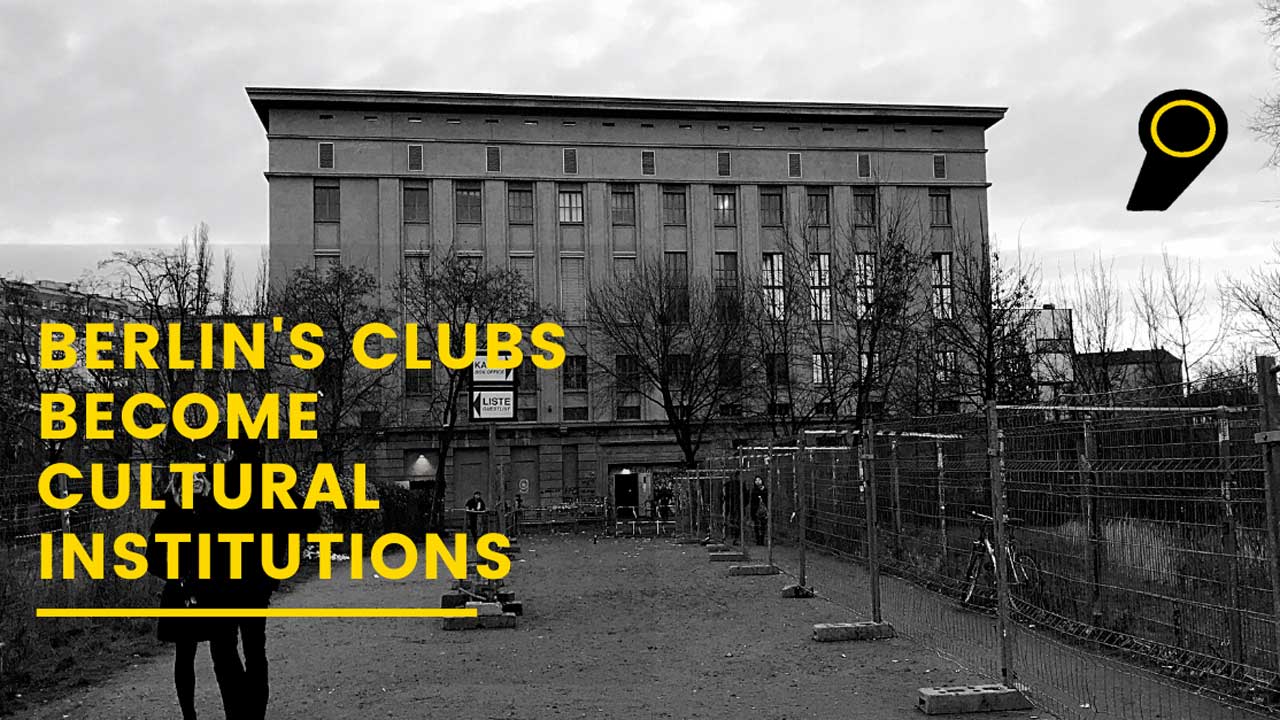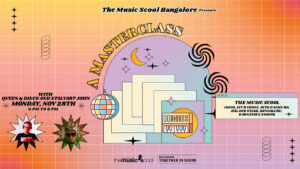
Artificial Intelligence (AI) in DJing
Transforming
Track Discovery, Mix Production, and Self-Promotion

If you’re into electronic music, particularly Techno, you’re likely to have heard of Berlin’s thriving nightlife scene. Clubs like Berghain, KitKat and Tresor have achieved legendary status amongst club goers across the globe.
While electronic music and clubs are considered as nothing more than entertainment across most of the globe, Berliners have long argued that their clubs are a part of the city’s cultural identity. Earlier this month, that became official.
On May 5th the Berlin Building, Housing and Urban Development committee voted in favour of Berlin clubs becoming cultural institutions, opposed to entertainment sites. The motion has been passed to the Federal Government, which means that the city’s clubs are on track to be offered additional support and protections, including financial aid to overcome the economic impact of the pandemic, tax breaks, permits allowing them to operate in wider areas of the city and potential exemptions from noise limits.
The legendary Berghain is currently the only club to be classified as a Cultural Institution after it won a lengthy trial in 2016, which declared them as ‘High Culture’. Berghain is now set to be joined by other clubs , after a year of campaigning led by the Parliamentary Forum For Club Culture & Nightlife. The vote will see clubs join theatres, museums and concert halls as cultural sites.
Berlin’s clubs have long served as tourist attractions and have woven themselves into an integral part of the city’s social fabric. In 2018, Berlin’s club scene raked in a whopping €1.5 billion to the economy.

Transforming
Track Discovery, Mix Production, and Self-Promotion

Masterclass with Queen & Disco, Stalvart November 28 @ 4:00 PM – 6:00 PM Venue: Register Now

Our top 3 MIDI controller recommendations for VJs
Ready to Get Started?
Leave us your details and we’ll get in touch soon.
UPCOMING EVENTS AND SPECIAL OFFERS
GET Monthly NEWSLETTERS